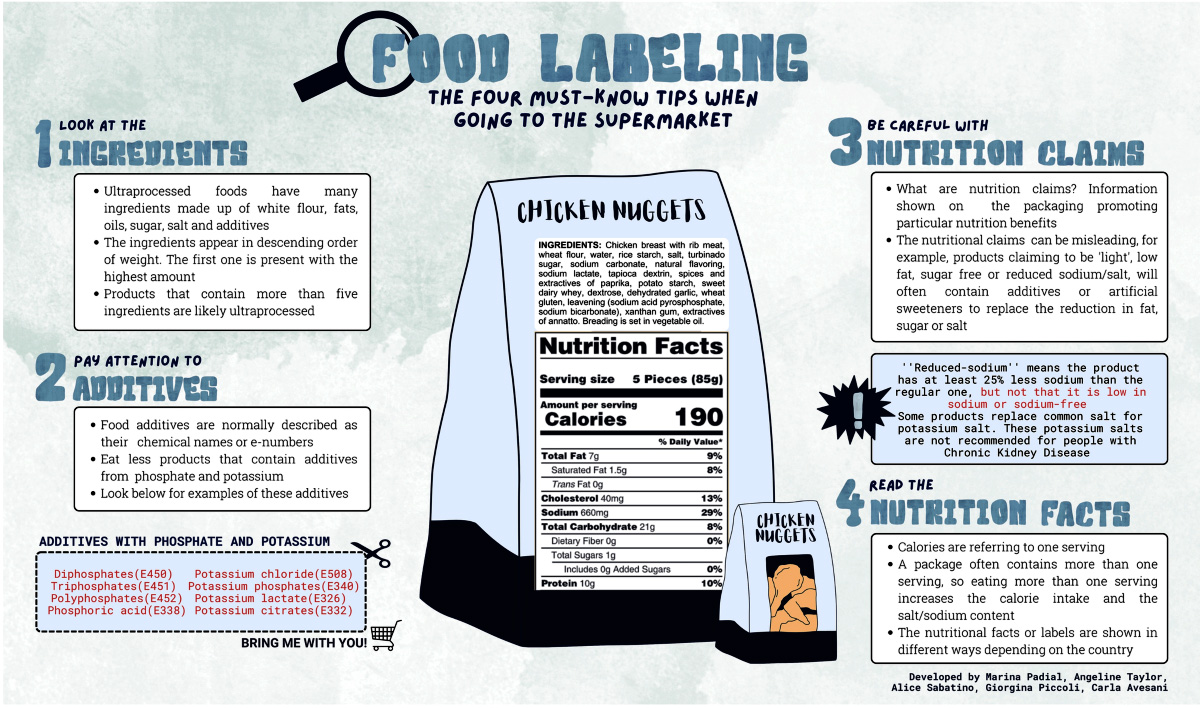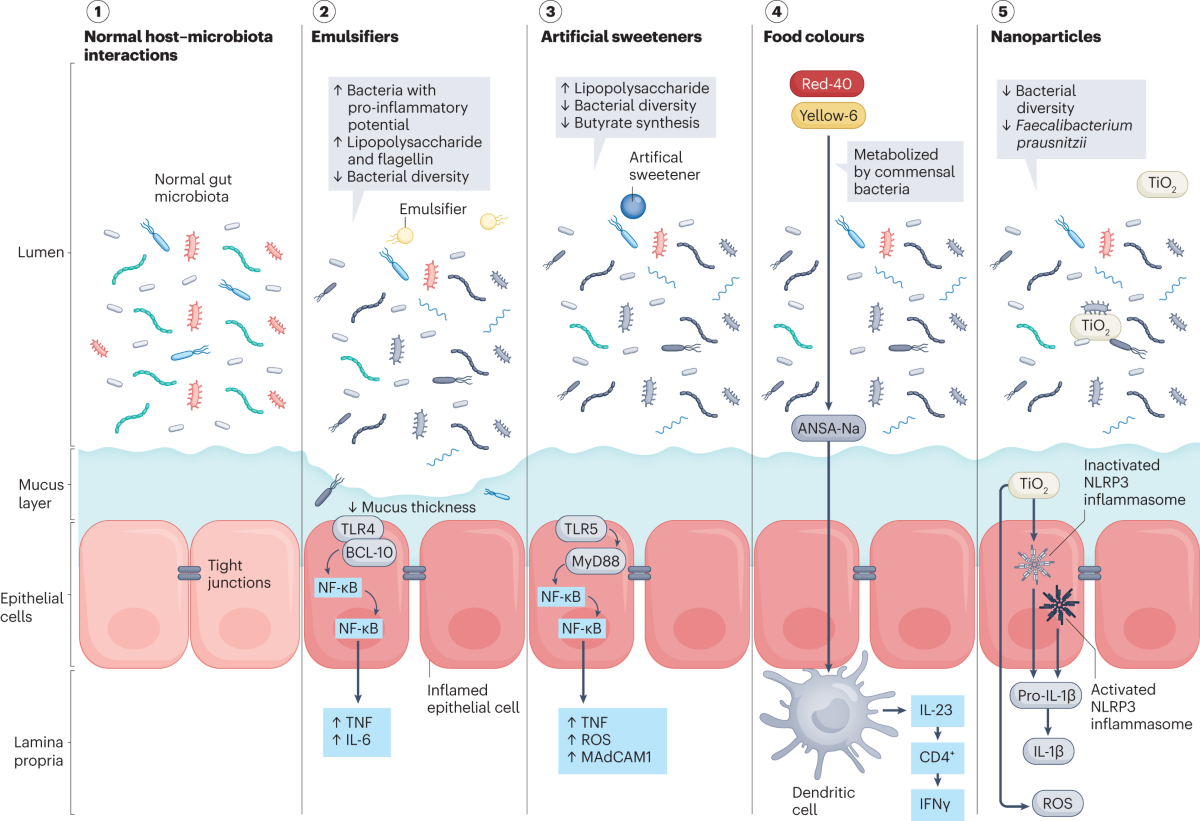America’s Chemical Buffet:
It’s a feast of convenience with a side of doubt. We in America have a habit of trusting what we find on grocery shelves. We assume that the people in white coats have our best interests at heart. We’d like to think that every ingredient in our food has been reviewed by someone and found safe probably demanded safe, since we are a country that likes its progress. Yet we are a country that also serves up a food supply loaded with chemical additives that seem anything but safe, at least by the safety standards that other countries uphold. Why do we keep the door wide open for our food industry to use risky additives? It’s a puzzlement, so let’s look more closely.
Potassium Bromate: Bread’s Dirty Little Secret
Picture mouth-watering toast made from a thick slice of fluffy, golden bread. It is hard to imagine a food that is better suited to greet you in the morning, yet this same slice of bread could come with a warning label. That does not come with all the bread, mind you, but it does come with some bread made with an additive called potassium bromate.

Used to make dough more elastic and to boost the gluten in bread flour, potassium bromate is a liable cause of cancer and yet it is found in many of the very “fresh” and “artisanal” loaves of bread you can buy in upscale California bakeries as we speak. In fact, if you are enjoying cross-country travel and happen to stop in a bakery in the Midwest or eat a sandwich at a roadside diner, you are more likely than not entertaining the idea of an edible California Proposition 65 warning.
Pink Slime: An Ammonia-Treated Delicacy
Finely textured beef, with the affectionate moniker “pink slime,” is made from pieces of meat treated with ammonia in order to eliminate any and all bacteria.

While it can no longer be found in Canada or the EU, in America, it’s just another ingredient in your fast-food burger. I mean, if it’s good enough for cleaning floors why not include it in your dinner?
BHA and BHT: Boosting Snack Shelf-Life
Your favorite snacks are kept fresher for longer by preservatives like BHA and BHT. But what are they doing to our insides? Both are under a cloud, and both should probably be avoided as much as possible.

Here’s what you need to know about them and some healthier alternatives. Carcinogen, anyone? Both BHA and BHT have been flagged as potential carcinogens, earning them a spot on Europe’s blacklist. Not in America, though, where the FDA assures us they’re fine in “small amounts.”
Ractopamine: Performance Enhancer for Livestock
With regard to meat, larger is more desirable, and that’s the thinking behind ractopamine. This feed additive makes livestock leaner and more lucrative, but it’s also tied to heart stress in animals and even to their sudden deaths.

Over 160 nations have outlawed it among them China, Russia, and the entire European Union. But here in the land of the free, where even the residual drugs in our side of pigs can’t seem to get a good health warranty, we don’t mind a little ractopamine in our bacon so long as it sizzles.
Recombinant Bovine Growth Hormone: Supercharged Milk
Milk production in cattle can be boosted by recombinant bovine growth hormone (rBGH), which is, however, a source of controversy.

Because it raises levels of a hormone linked to cancer (IGF-1), and because it may be hitting cows with some health issues, a number of countries (Canada, Japan, EU) have said no thanks to rBGH. We in the U.S., however, are epically insistent: Milk isn’t just a source of calcium; it’s a declaration of science by which we live.
Artificial Dyes: Synthetic Food Coloring
Irresistible to kids, bright, colorful foods stimulate the appetite. Yet those neon shades commonly come from synthetic dyes like Red 40 and Yellow 5, which are linked to hyperactivity and allergies.

Europe’s response has been to restrict these substances and demand warning labels, which has pressured companies there to use natural alternatives. Here in America, though, artificial dyes haven’t lost their luster. “Why use natural colors when artificial ones work so well?” ask food manufacturers. “Natural colors fade.”
Olestra: The Dieter’s Regret
Olestra was meant to change dieting for the better, letting people indulge without the impact that usual indulgences have on the waistline.

But what Olestra actually delivered was a suite of gastrointestinal side effects that will make anyone who consumes it in large quantities have a pretty bad day. Bloating, cramps, and diarrhea were (and are) the main complaints, but Olestra did also have a side effect that is best described as “anal leakage.”
Azodicarbonamide: From Bread to Yoga Mats
The soft, stretchy bread that we consume is made with azodicarbonamide (ADA), even though it’s the stretchy little secret behind soft, elastic bread.

Moreover, it’s banned in the UK and Australia and cited as possibly causing asthma and cancer, which half the bread-eating world seems okay with. It’s even in some fast food, which was surprising to me. Anyway, with the ADA-breathable bread that we can do yoga in, this morning’s breakfast truly was a workout.
Parabens: Preserved at What Cost?
Cosmetics and pharmaceuticals contain parabens in abundance, but these compounds are potentially linked to dangerous health problems.

Why aren’t we seeing more regulations prohibiting their use? The EU has put some cautionary measures in place, especially regarding parabens in products for kids. Their banning of various sorts of parabens has, however, mostly just increased the number of pro- cosmetic preservatives that we use.
Brominated Vegetable Oil: A Sip of Suspicion
You might think that a substance used in flame retardants would have no business getting anywhere near your beverages. But in the U.S., brominated vegetable oil, or BVO, is found in many of the citrus-flavored sodas Americans enjoy.

Its purpose: to prevent the drink’s ingredients from separating. Its possible side effects: memory loss, skin irritation, and bumps along the way, leading to a nervous breakdown, if not outright nervous system damage. The EU and Japan have banned it. We haven’t. And we still call it “land of the free.”
The Bigger Picture: Why Does the U.S. Tolerate This?
Many other countries tend to err on the side of caution, banning or strictly regulating food additives that pose even minor risks. The U.S., however, takes a mostly reactive approach: we allow questionable ingredients until there is such overwhelming evidence of safety failure that the questionable ingredient is finally banned. This largely laissez-faire attitude raises serious concerns about just how much consumer safety is prioritized within our regulatory food safety system.

Maintaining this status quo is corporate lobbying, which works significantly and looks like this. The food and chemical industries invest directly and heavily to shape policy and public perception. They ensure profits come first, and their return on investment shows in the regulatory landscape. It is an unfortunate perpetual-motion machine that serves industry interests and favors slow change. You can see it work when you look at how long outdated approvals stick around for and at the unwitting way consumers pay the price for that.

Americans are generally resistant to regulation, preferring personal choice and industry promises to close oversight. They see the U.S. as a model of safety and believe that if other countries can maintain such a high standard, the U.S. can balance safety with innovation, too. Yet every day, totally legal substances put us at risk sometimes in ways we can’t even see. If the U.S. can keep so many substances safe, why doesn’t it just make all of them safe? Why don’t the laws just work? Until we ask these probing questions and demand better, we are courting vulnerability.








